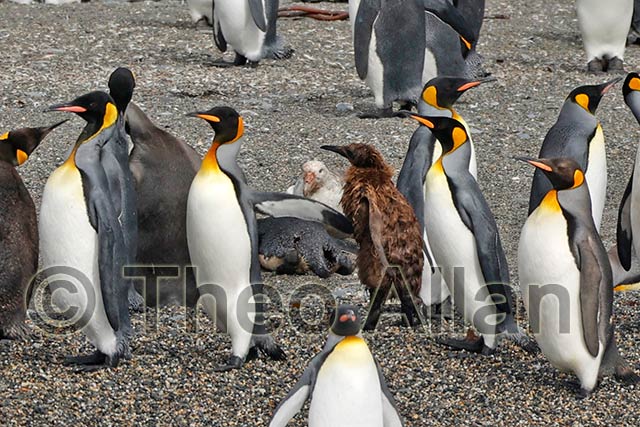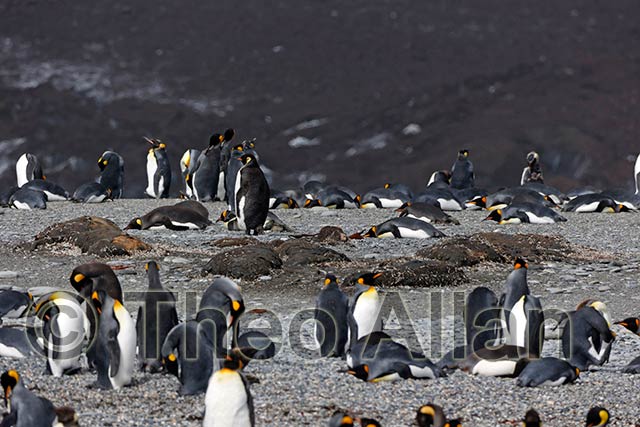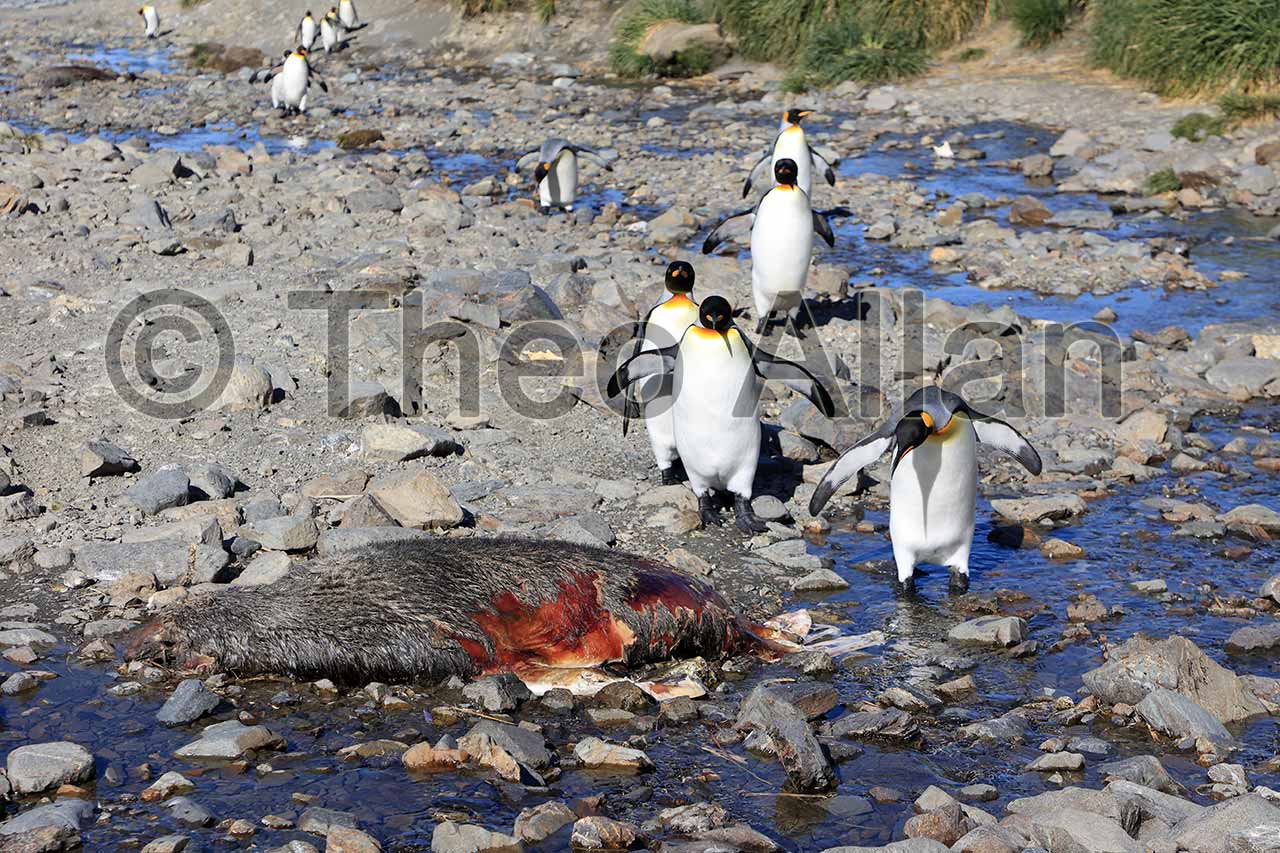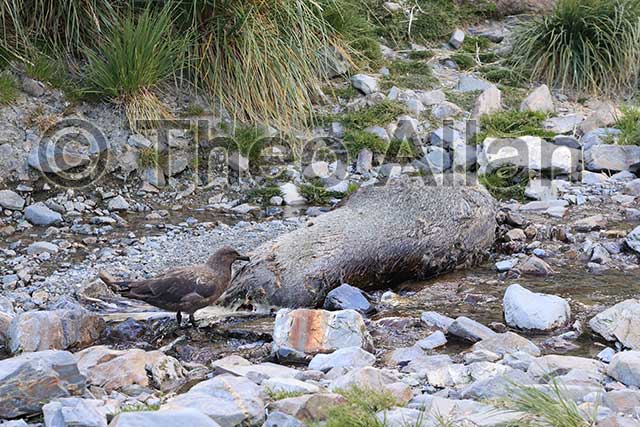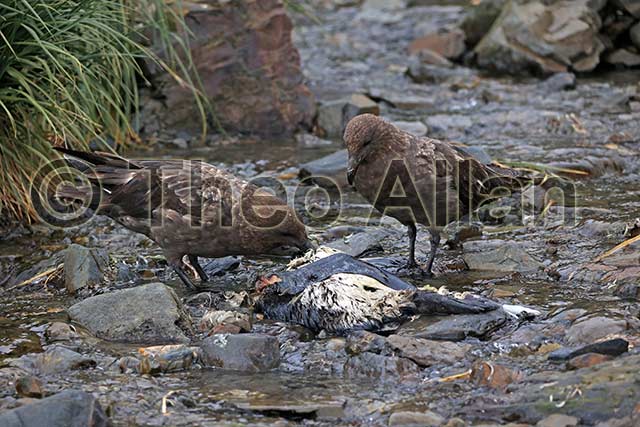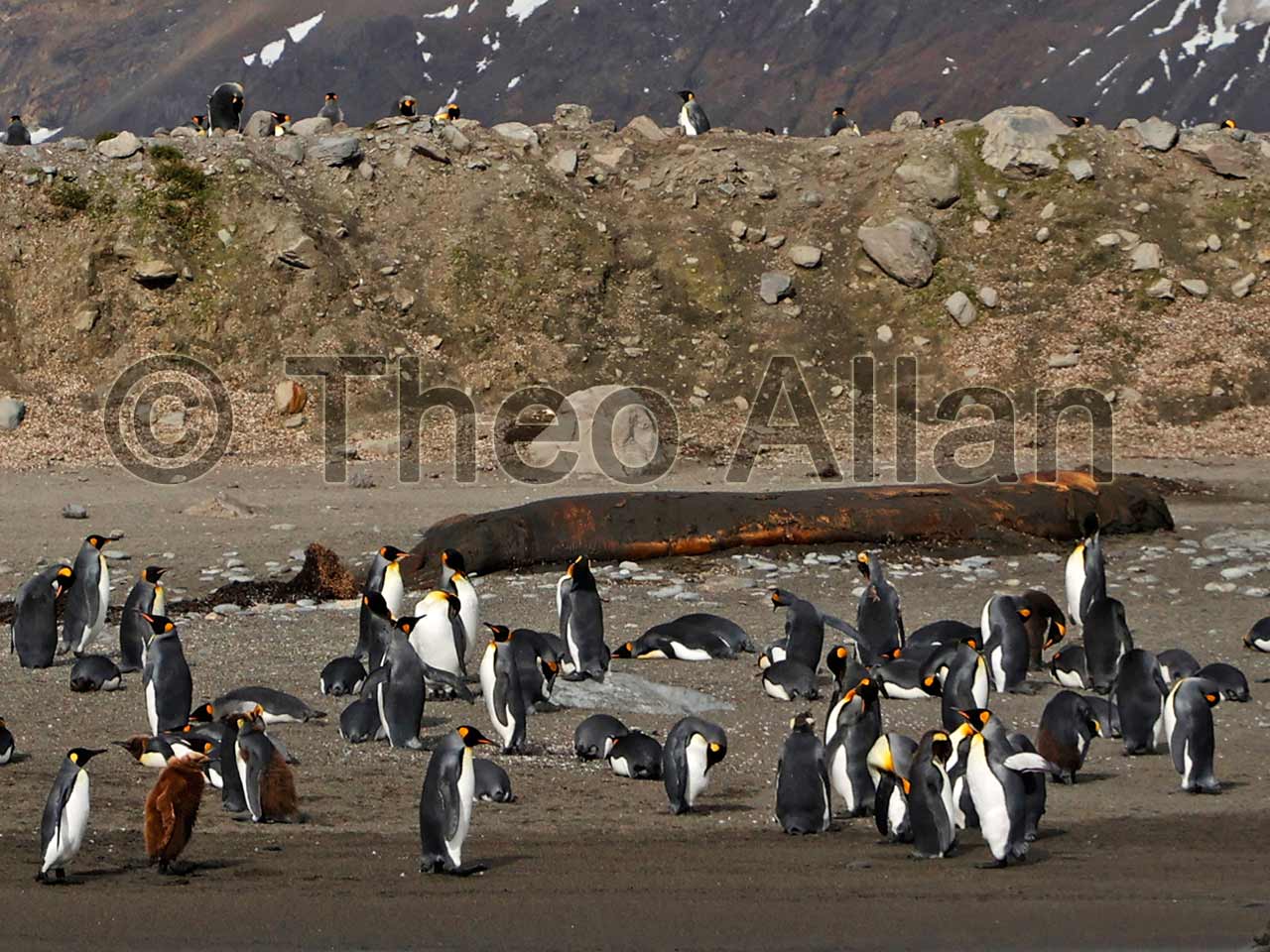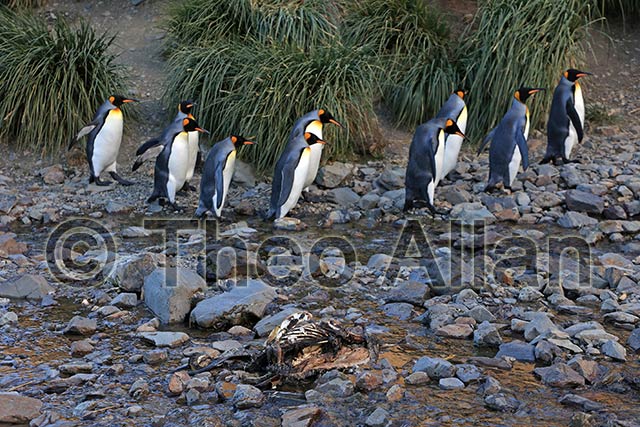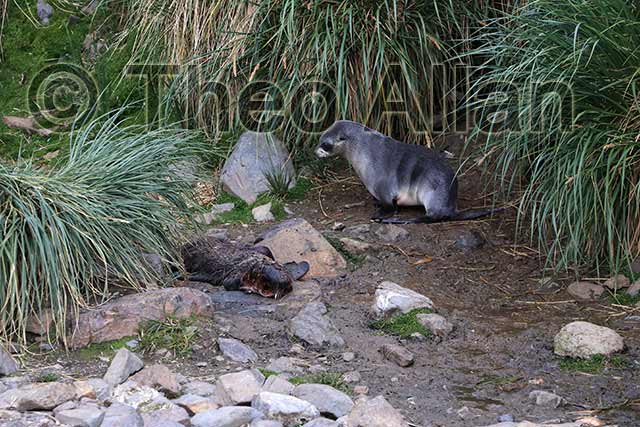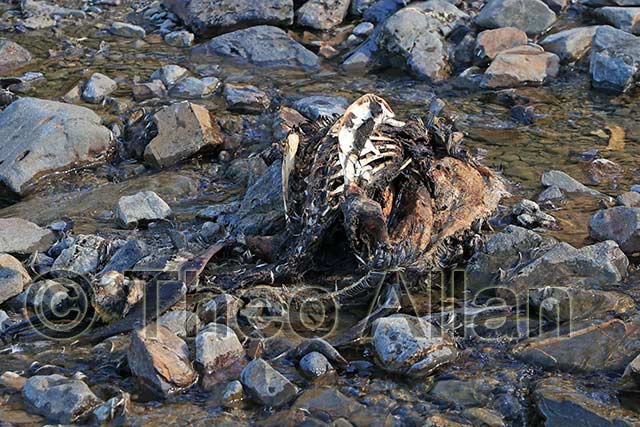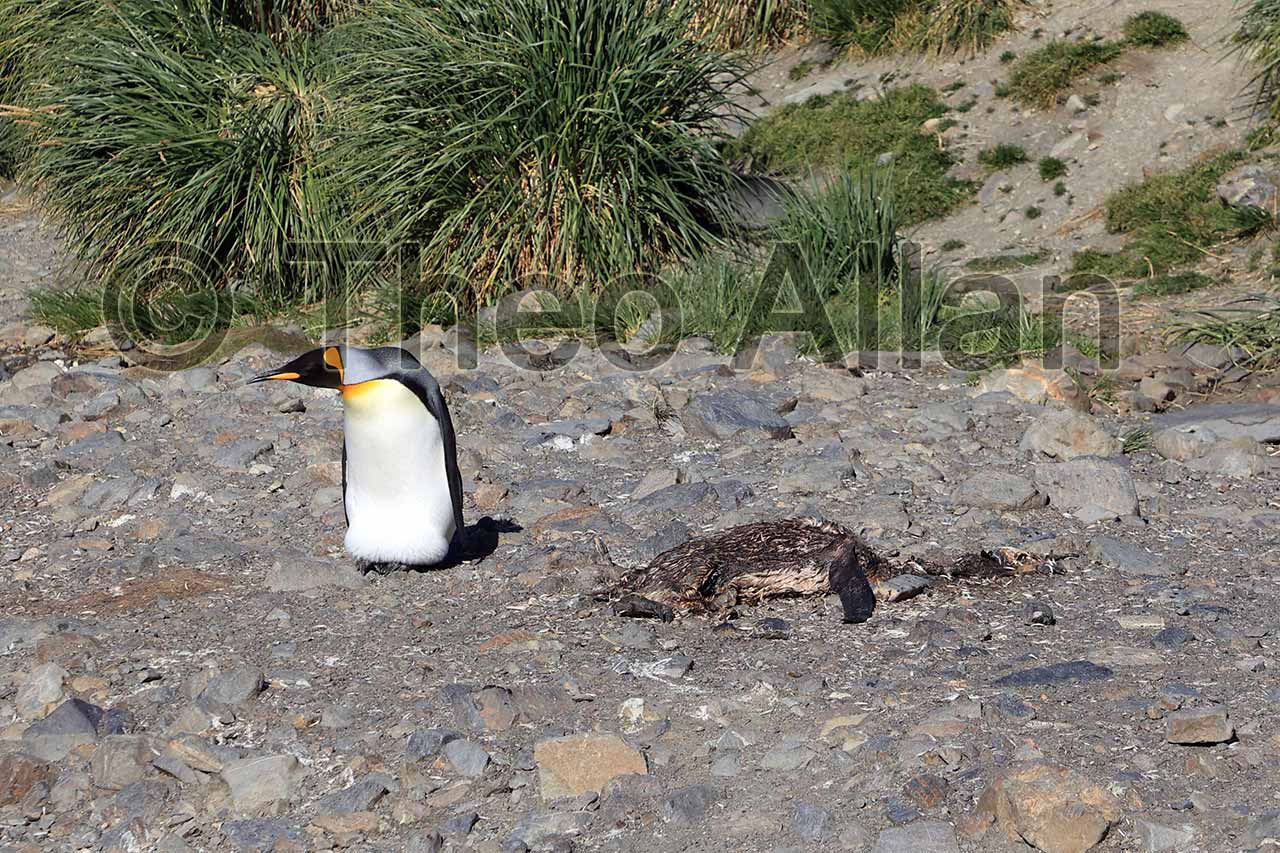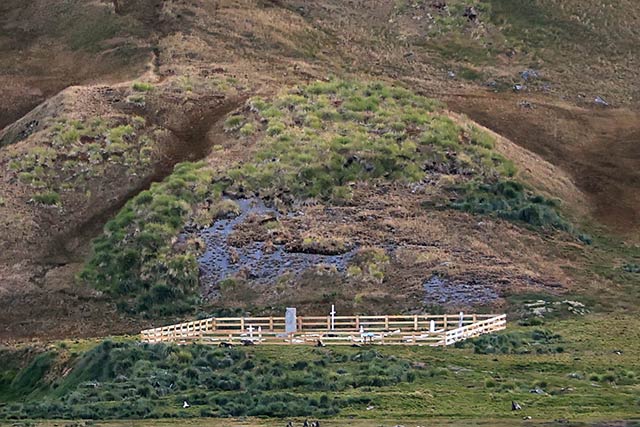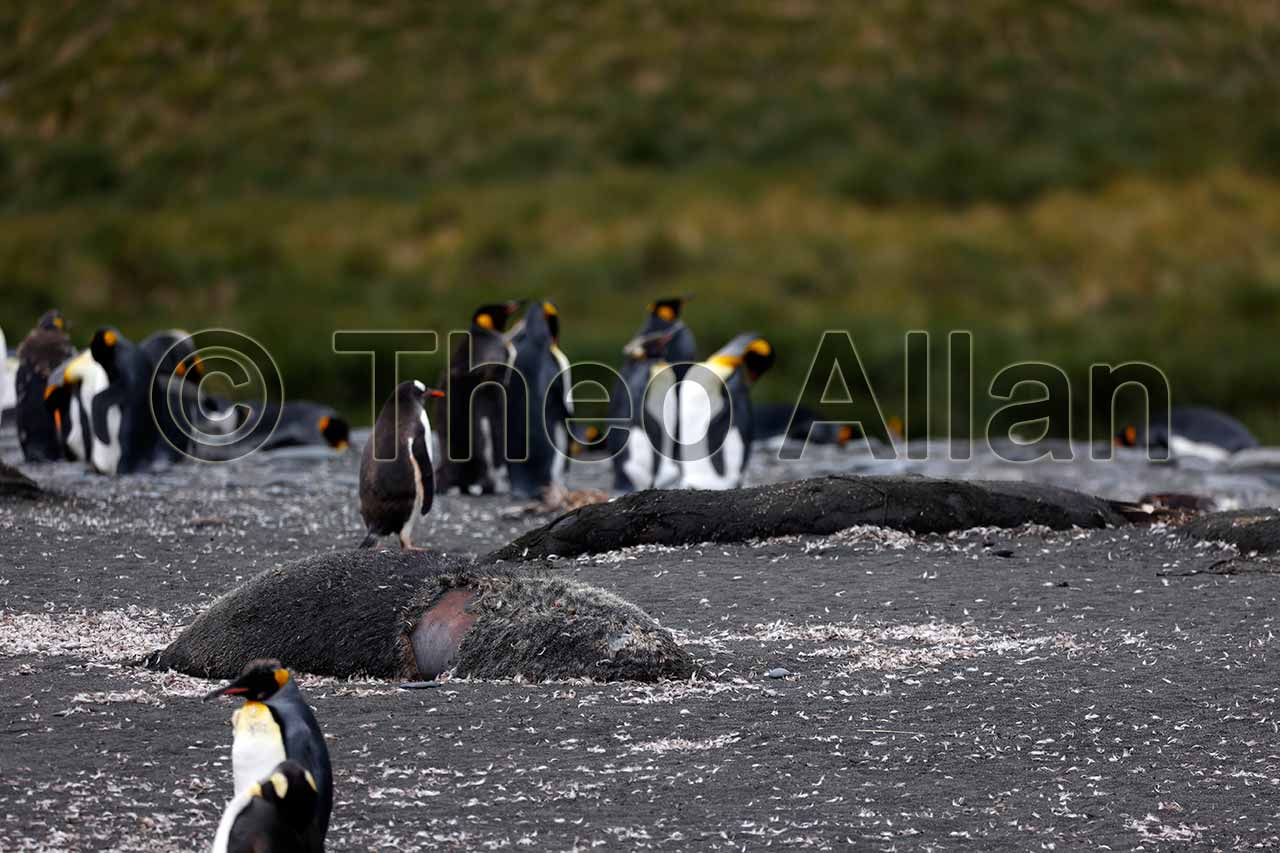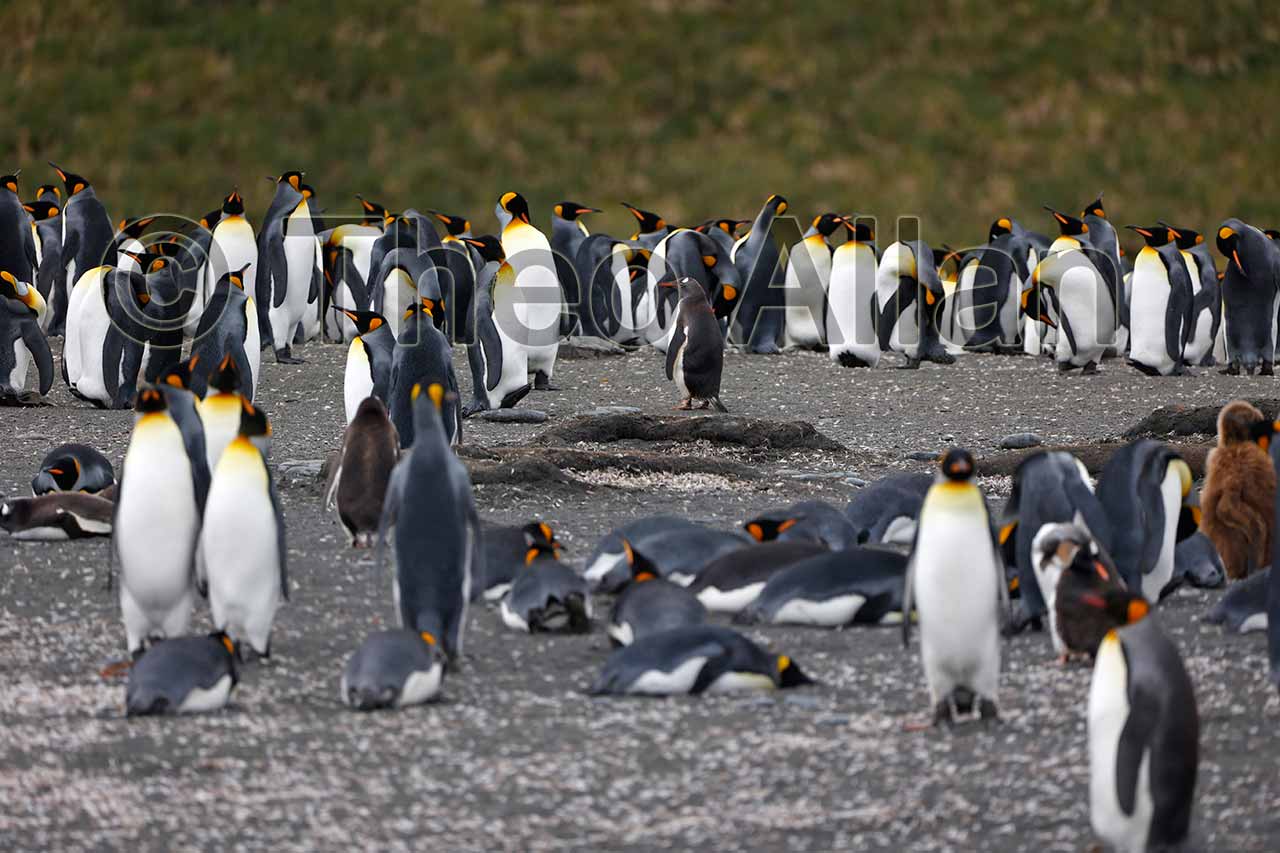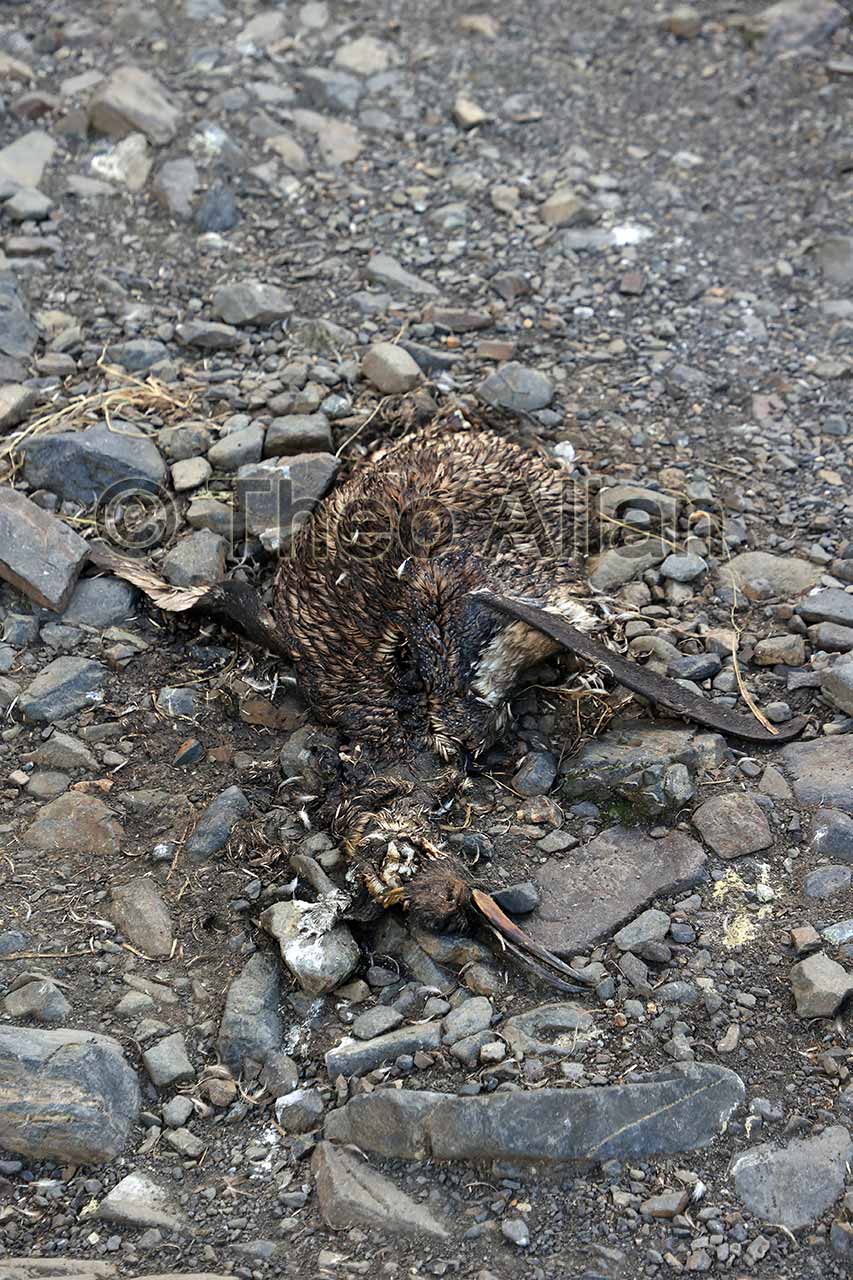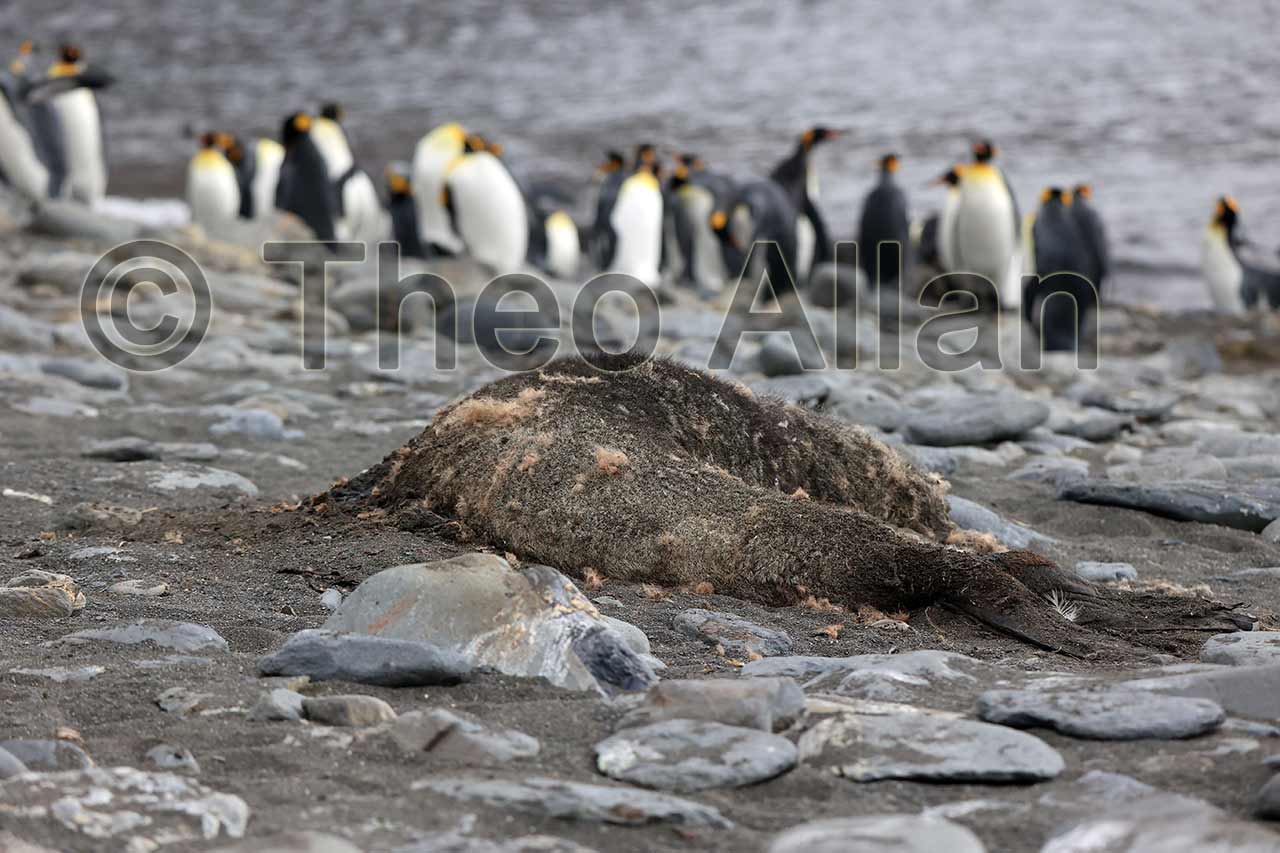In September-2023 I first reported on the imminent threat of a wide-scale transmission of the Avian Influenza virus in the Antarctic region (which included South Georgia Island and Antarctic Peninsula), and the Falklands. A year later, in this photo story I document the ground reality and ongoing aftermath.
To request non-watermarked and high-resolution photos: Members of the Press Media and organizations working in Science/Research, can contact me at – AntarcticaPhotographer@gmail.com
Sub-Antarctic, South Georgia Island is one of the most densely populated wildlife ecosystems in the world; inhabiting one of the largest colonies of King Penguins on the planet. In keeping with my Sep-2023 report, the virus reached this sub-Antarctic region first (including the Falklands) from South America, before the migration of wildlife to the Antarctic Peninsula.
In the first few months of 2024 alone, countless penguins, seals, albatrosses, and other wildlife species were found dead in Antarctica and Sub-Antarctic Islands. This, after they were infected with the deadly Avian Influenza virus.
“…. when you smell, see, and hear the silence of death.”
“It is one thing to gather data and make excel sheets on the situation. But when you smell, see, and hear the silence of death – that frightening sight cannot be compounded in an excel sheet. It is that’s when, what you speak or rather choose to remain a silent-spectator of – becomes part of your Karma! And through my photography – I have chosen to speak. I hope my photos help convey the immensity of the situation.”
The Antarctic food-chain has also played a role in the transmission of Avian Influenza (as seen in the photos below), apart from the migration of birds and other wildlife.
Scientists have already confirmed the presence of Avian Influenza in the Antarctic Peninsula, with reports suggesting thousands of dead penguins. 62 sites have been confirmed and suspected of infection in the Antarctic region (between November-2023 and March-2024 alone).
“As with all scientific reporting, it based on the extent of human findings. Beyond that, the true scale of the devastation in parts untraversed and those unreachable cannot be ascertained.”
The virus is no longer exclusive to birds, as it has mutated and already affected several mammal species (although still commonly referred as Bird Flu/Avian Influenza). Seen in this photo is a carcass of a giant elephant seal alongside King Penguins.
“The stench of rotting carcasses filled the air.”
When a virus that has already wiped out millions of animals across Europe, Africa, Asia, and the Americas, reaches Antarctica; it is a matter of serious concern. We are looking at a densely populated wildlife hotspot, away from human civilization.
At Grytviken, the site of Sir Ernest Shackleton’s grave was cordoned off along with structural remnants of the Whaling station. But tourists were allowed to purchase souvenirs at the Shop (which is behind the Museum, seen in the photo below).
“What we’ve seen earlier this year might just be a trailer of what’s to come.”
At this stage, the virus which is able to endure freezing temperatures, and fresh waters of Antarctica for prolonged periods; has most likely spread even further through animal migration.
A great amount of risk and effort has gone into producing this photo story – a reportage of the aftermath in sub-Antarctic Islands. I hope some thought is given to the preservation of wildlife and nature in Antarctica.
If you wish to follow my photography/work, kindly join my Facebook and Instagram pages or send me an email to join my mailing-list for newsletters.
Facebook – https://www.facebook.com/AntarcticaPhotographer
Instagram – https://www.instagram.com/AntarcticaPhotographer
Email – AntarcticaPhotographer@gmail.com


